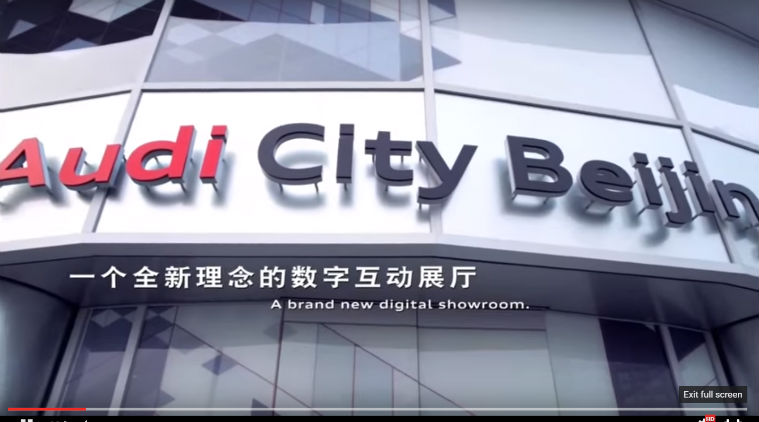
The history of our bond with technology reveals a basic and simple relationship: we purchased machines and devices that we expected to fulfil a certain need. Be it computer for sending emails or a mobile phone for helping us stay connected constantly, we interact with technology with predictable reciprocity. This relationship, however, has changed. As devices become artificially intelligent, it seems we’ve reached a critical new phase where we are striving to please our gadgets.
Over the past few years, scientists and psychologists have started questioning technology’s effects on humanity. With an overwhelming average use of five hours a day, the fascination of youth with social media, our reliance on GPS to find stores two blocks away, or even a simple Google search as a replacement for finding the capital of Assam, technology could be transforming us.
We’ve all heard it before: “Kids falter on grammar because all they do is text,” or “Today’s generation misses everything going on around them because they’re staring at their phones.” Extreme critics even attribute a deterioration of our race to this new dominating power of technology.
However, technologists reckon we’re changing for the better. Our gadgets are helping us connect more with each other and the larger world on one hand, and becoming super useful by helping us discover new horizons in every sphere as well as making every life experience richer and more meaningful and even easier.
Technology can be the most powerful tool humans have discovered since fire, but there is a line between intrusive technology and “Supportive technology”. It is the latter that brings about a transformation in ways that enrich lives. And it is this that we should aim to deliver on.
Innovations such as the Audi City, the unique car-less showroom, greatly saved time for customers who would otherwise have to travel outside city limits. And while it did so it also gave the never before experience of virtually test driving over 40,000 configurations that you could put together yourself.
[“Source-indianexpress”]
 Techosta Where Tech Starts From
Techosta Where Tech Starts From